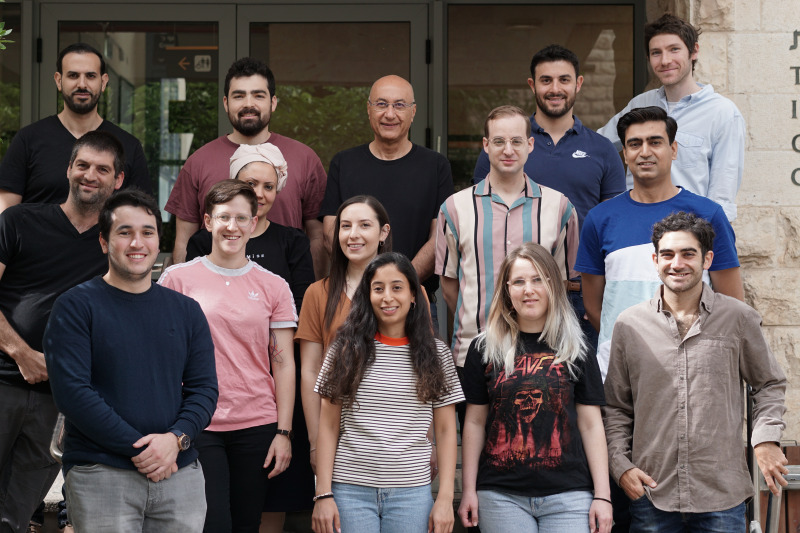Welcome to the research group led by Prof. S. Magdassi, specializing in materials science and nanotechnology.
Our primary focus is on the development of inorganic and organic nanomaterials, and their formulation into various inks and delivery systems. These materials find applications in fields such as 3D printing, solar energy, biomedical systems, optics and soft robotics.
Our research has led to commercial success with global sales and the establishment of new companies.


